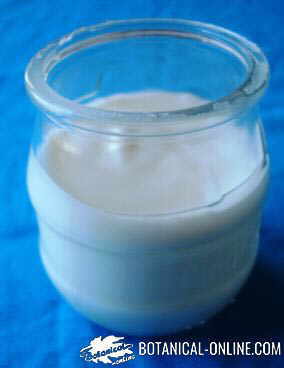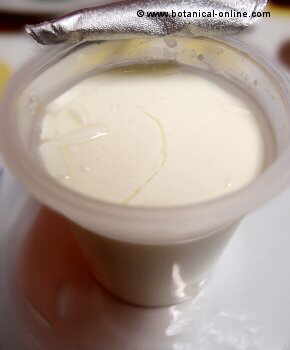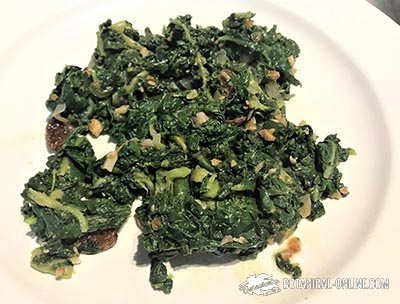Contents
- 1 What is yogurt and what does it contribute?
- 1.1 Yogurt characteristics
- 1.2 How is yogurt different from milk?
- 1.3 Differences between milk and yogurt
- 1.4 History of yogurt: How did yogurt originate?
- 1.5 How is yogurt produced?
- 1.6 What components does yogurt consist of?
- 1.7 Effects of yogurt on the human body
- 1.8 When to have yogurt?
- 1.9 Is yogurt always recommended?
What is yogurt and what does it contribute?
Yogurt characteristics

Yogurt is fermented milk that is obtained by the action of some bacteria. These cause a partial transformation of lactose into lactic acid.
How is yogurt different from milk?
This change originates a dairy derivative, called yogurt, which has a series of particular characteristics that are different from it.
Differences between milk and yogurt
Among the main differences between yogurt and milk we can mention the following:
- Greater consistency: Milk has a liquid texture. Yogurt is more pasty and consistent than milk.
- Longer storage: Yogurt can be kept longer than milk.
- Greater acidity of taste: Yogurt is more acidic.
- Higher digestive tolerance: Yogurt is better digested.
History of yogurt: How did yogurt originate?
The origin of yogurt began thousands of years ago. There is no record of exactly when it was, but it is believed that it happened when humans were nomadic, constantly moving around, and began to raise livestock such as sheep and goats.
They were probably discovered spontaneously when the milk was preserved in rudimentary containers and under living conditions and temperature that favored fermentation.
As dairy derivatives were discovered, more ways of making and preserving precious milk were discovered.
How is yogurt produced?

The formation of lactic acid produces an acidification that modifies the colloidal state (that is, the physical characteristics in which the milk is presented) in which the milk proteins are found, forming a clot that is responsible for the final characteristic consistency.
In addition to the transformation of lactose, there are changes such as the degradation of proteins and the transformation of fat into fatty acids and glycerol by microbial and enzymatic action.
These changes provide this milk derivative with certain nutritional characteristics and also determine its flavor, aroma and consistency.
What components does yogurt consist of?
- In regard to minerals, it is rich in potassium, magnesium, phosphorus, zinc.
- Among the vitamins, its content in vitamins of the B complex, vitamin A and vitamin D stands out.
Effects of yogurt on the human body
Yogurt can be eaten alone, with added sugar or honey, or it can be combined with other foods in many recipes. In the photo yogurt with papaya.
 Yogurt is an ally to strengthen bones and teeth due to its high calcium content. In addition, it has the advantage that it is digested better than milk.
Yogurt is an ally to strengthen bones and teeth due to its high calcium content. In addition, it has the advantage that it is digested better than milk.
On the other hand, yogurt has more advantages than milk when it comes to absorbing vitamins. The lactic acid formed improves the assimilation of minerals, such as calcium, phosphorus, potassium and magnesium.
Another very interesting point is to provide good bacteria for health, that is, the probiotic effect of yogurt.
When to have yogurt?
Yogurt is suitable for most people. Eating a couple of yogurts a day is one of the best ways to supply your daily needs for calcium and other elements.
Although yogurt is not recommended for babies under one year of age, it should be included in most of everyone’s diets from twelve months of age. It is especially interesting for the elderly or for pregnant or lactating women.
Is yogurt always recommended?
Yogurt is suitable for most people. However, there are some situations or states in which the consumption of yogurt should be less or should be avoided completely. (More information)
![]() More information on yogurt, milk and milk products
More information on yogurt, milk and milk products








